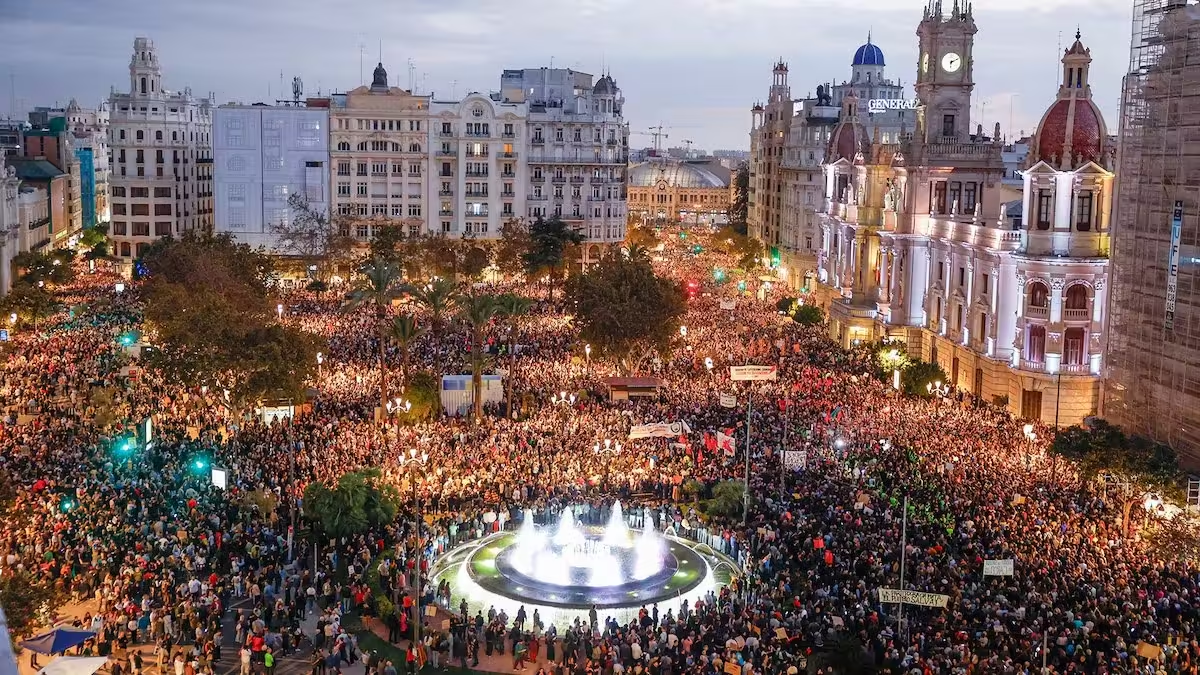A Simple Guide to Coffee in Spain (With Regional Favourites!)
If you’ve just arrived in Spain and you’re trying to figure out how to order coffee, don’t worry, you’re not alone. The coffee scene here is slightly different from what you might be used to, but once you get the hang of it, you might find yourself hooked. Here’s a simple guide to help you feel more like a local, one cup at a time.
The Basics: Common Coffee Orders in Spain
In Spain, you won’t find many caramel swirls or pumpkin spice lattes. It’s more about strong, straightforward coffee, usually made with espresso. Here are a few essentials:
- Café solo – A single espresso shot. Small, strong, and intense.
- Café con leche – Half espresso, half hot milk, basically a white coffee or a flat white. A very popular choice, especially for breakfast.
- Café cortado – Espresso ‘cut’ with just a splash of milk.
- Café americano – Espresso topped up with hot water. Milder than café solo.
Want It Cold? How Iced Coffee Works in Spain
Ordering iced coffee in Spain might surprise you the first time. It’s not blended or served with whipped cream. Instead, you’ll likely get a hot coffee plus a glass of ice.
The idea is simple: you pour the coffee into the glass of ice yourself. It might feel a bit awkward at first, but don’t stress, you’ll get better at it. Best to do it fast and with confidence, and voilà, iced coffee, Spanish style!
Listen, you can find Frappuccino and Starbucks coffee, but this type of iced coffee is much more common throughout Spain!
@smithsinspain Iced Coffee Adventure in Spain! Just had our first iced coffee in Spain! It's made a little differently here: you get a normal hot cup of coffee and then you pour it into the ice. It's so fun to try new things! #icedcoffeeinspain #firsttimeexperience #newtastesensation #coffeelove #coffeeinspain #icecoffeespanishstyle #americaninspain #lifeinspain #whynotlogroño #whynotlarioja ♬ original sound – Smith’s | Family Life In Spain
Regional Coffees You Have to Try
One of the best parts of living or travelling in Spain is discovering the regional coffee specialties. Here are a few favourites to look out for:
Café Bombón (South of Spain)
This one’s a treat. It’s espresso poured over a layer of sweetened condensed milk. Served in a glass so you can see the layers, it’s as pretty as it is delicious.
Un canario o leche y leche (Canary Islands)
Very similar to a bombón but made with condensed milk and a splash of regular milk or milk foam on top. The name varies by island and even by café, so just ask for ‘leche y leche’ and see what you get! This is basically a white coffee with condensed milk instead of sugar. Even though this is a specialty of the Canary Islands, you can order this in most cafes in the south of Spain as well. Especially in areas in or around Murcia, where condensed milk in coffee is more common.
Café asiático (Cartagena, Murcia)
A local favourite in Cartagena. It’s a layered drink made with condensed milk, espresso, a dash of Liquor 43 (a Spanish liqueur) and brandy, cinnamon, and lemon peel. Served in a special glass, it’s strong, sweet, and a little bit boozy.
@misterbakercafe CAFE ASIATICO: Cuando la población local observó como tomaban café los marinos, quisieron probarlo y pidieron “lo mismo que ha pedido el asiático” o el café “como lo toma el asiático”, dando nombre así a esta versión de café. Este cafe tiene su origen en Cartagena, MURICA. Lleva una mezcla de licores y leches que lo hacen un manjar para aquellos aficionados al cafe especial. Prueba el cafe asiatico en Mr Baker Cafe y disfruta de una experiencia unica!!! #cafe #mrbaker #coffe #cafeasiaticocartagena #murcia #cartagena ♬ Sunroof – Nicky Youre & dazy
Why So Much Condensed Milk in the Region of Murcia?
You’ll notice that condensed milk pops up a lot in coffee from the Murcia region, especially around Cartagena, and it’s not just a sweet local habit. It’s rooted in the area’s long and busy maritime history.
Cartagena has been a major port since Roman times, thanks to its natural deep-water harbour. Over the centuries, it became a strategic hub for trade, shipbuilding, and the navy. Even today, it’s one of Spain’s most active ports, welcoming cargo ships, cruise liners, and naval vessels from around the world.
Back when refrigeration was limited and fresh milk spoiled quickly in the heat, condensed milk was the perfect solution. It was widely available through maritime trade and ideal for dockworkers, sailors, and café-goers looking for a long-lasting, affordable way to enjoy a creamy coffee. It also packed a bit of extra energy, always handy during long shifts on the port.
That’s how drinks like café asiático, Belmonte, and bombón became local staples. The taste caught on and never left. Head north in Spain, and you’ll find condensed milk in coffee is far less common, it’s really a southern coastal tradition, tied to trade routes, warm weather, and a culture that knows how to enjoy a strong, sweet coffee by the sea.
More Regional Coffees to Try Around Spain
Trifásico (Cataluña)
Think of this as an espresso with a splash of liquor and milk, often brandy or Anís del Mono. It’s similar to a carajillo (more on that below), but the name ‘trifásico’ (three-phase) hints at the layers: coffee, alcohol, and foam.
Carajillo (All over Spain)
A classic, espresso with a shot of liquor, usually brandy, whisky, or rum. Traditionally, the liquor is heated and sometimes flambéed with lemon peel and sugar before the coffee is added. It’s popular all over, especially in the colder months or after meals.
Belmonte (Murcia)
Similar to the asiático but without the Licor 43 and served in a regular glass or cup. It’s just espresso and condensed milk, often with a bit of brandy. A simpler version for when you don’t want the full show.
Café Largo or Café Doble
This is like a double espresso, often served in a small glass or a larger cup. Strong and no-nonsense.
Sombra and Nube
This one’s fun. A ‘sombra’ (shadow) is mostly milk with just a hint of coffee. A ‘nube‘ (cloud) has even less coffee, more like a whisper of it. These are perfect if you like milky drinks but still want a little caffeine.
In some areas, they refer to this coffee as a manchado, which is literally translated as ‘stained’. I know it doesn’t sound appetising, but it just refers to the fact that you get it in a glass so you can see the milk just ‘stained’ by the coffee.
How to Order Coffee Like a Local
Say ‘Un café con leche, por favor‘ (A coffee with milk, please).
Want it in a smaller cup? Say ‘en taza pequeña‘. If you want your coffee in a glass, add ‘en vaso‘ to your coffee order.
Prefer decaf? Ask for ‘descafeinado de sobre‘ (instant decaf) or ‘de máquina‘ (machine-brewed decaf).
Want it to go? Some cafés offer ‘para llevar‘, but takeaway coffee isn’t as common here; enjoying it at a café is part of the culture.
If you want ice with your coffee, add ‘y un vaso con hielo.’
Enjoy the Coffee Culture
Coffee in Spain isn’t just about caffeine, it’s about slowing down, taking a break, and enjoying a moment. Whether you’re sipping a café con leche in a plaza, people watching, or trying your first asiático by the port in Cartagena, give yourself time to enjoy it.
And remember, you might not get your order perfect the first time, but that’s part of the fun. Practice makes perfect, and every mistake still comes with caffeine.
Main image: Shutterstock/polinaloves
Share this content:




2 comments